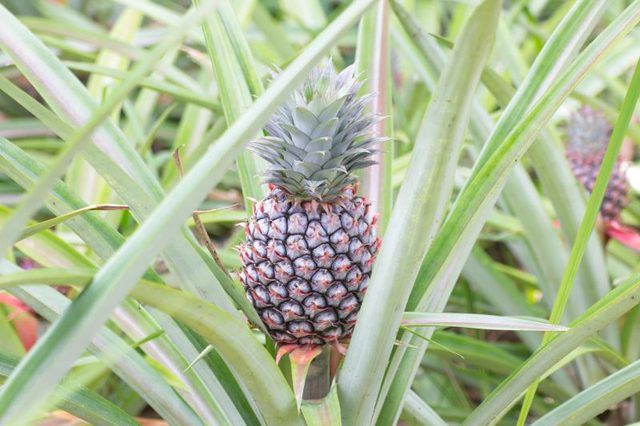Bulbs
Flower Basics
Flower Beds & Specialty Gardens
Flower Garden
Garden Furniture
Garden Gnomes
Garden Seeds
Garden Sheds
Garden Statues
Garden Tools & Supplies
Gardening Basics
Green & Organic
Groundcovers & Vines
Growing Annuals
Growing Basil
Growing Beans
Growing Berries
Growing Blueberries
Growing Cactus
Growing Corn
Growing Cotton
Growing Edibles
Growing Flowers
Growing Garlic
Growing Grapes
Growing Grass
Growing Herbs
Growing Jasmine
Growing Mint
Growing Mushrooms
Orchids
Growing Peanuts
Growing Perennials
Growing Plants
Growing Rosemary
Growing Roses
Growing Strawberries
Growing Sunflowers
Growing Thyme
Growing Tomatoes
Growing Tulips
Growing Vegetables
Herb Basics
Herb Garden
Indoor Growing
Landscaping Basics
Landscaping Patios
Landscaping Plants
Landscaping Shrubs
Landscaping Trees
Landscaping Walks & Pathways
Lawn Basics
Lawn Maintenance
Lawn Mowers
Lawn Ornaments
Lawn Planting
Lawn Tools
Outdoor Growing
Overall Landscape Planning
Pests, Weeds & Problems
Plant Basics
Rock Garden
Rose Garden
Shrubs
Soil
Specialty Gardens
Trees
Vegetable Garden
Yard Maintenance
How to Grow Pineapple Plants Indoors
How to Grow Pineapple Plants Indoors. Pineapple plants (*Ananas comosus*) grow well indoors, but they need plenty of room. Growing 3 to 4 feet tall and wide, they are hardy outdoors all year in U.S. Department of Agriculture plant hardiness zones 11 through 12, and they thrive in warm, steady indoor temperatures. It takes about three years for...

Pineapple plants (Ananas comosus) grow well indoors, but they need plenty of room. Growing 3 to 4 feet tall and wide, they are hardy outdoors all year in U.S. Department of Agriculture plant hardiness zones 11 through 12, and they thrive in warm, steady indoor temperatures. It takes about three years for indoor pineapple plants to grow large enough to flower and produce fruit. Their leaf margins have sharp spines. So wear leather gloves when handling the plants.
Providing Proper Light, Soil and Space
Pineapple plants grow well in sunny spots and freely draining potting soil indoors. South-facing windows, sun-rooms or other bright, open areas in a home are best for growing pineapples. Grow indoor pineapples in containers with bottom drainage holes. A light, loose potting soil, such as potting soil for bromeliads, provides the drainage pineapples need.
Space indoor pineapple plants far enough from each other for their leaves not to touch. As the plants grow, move them apart to avoid crowding.
Watering Pineapple Plants
Consistently moist soil and humidity help indoor pineapple plants thrive, but overwatering causes root rot. Water pineapples when their potting soil's surface is dry. Remove the potted plants from their drip trays, and place them where their pots can drain freely, such as in a sink or on a patio. Pour water over the potting soil surface until it flows through the pots' drainage holes. When no more water drips appear, replace the pots on their drip trays.
Provide humidity around pineapple plants by spraying them with a hand mister and clean, cool water. Spray the plants every day until water is about to drip from their leaves.
Applying Fertilizer
Houseplant fertilizer contains the nutrients indoor pineapple plants need. Pineapple growth slows when light hours lessen in fall and winter, and growth speeds up in spring and summer as light hours increase.
Dilute a soluble 24-8-16 fertilizer at a rate of 1/2 teaspoon per 1 gallon of water, and water the plants' soil with the fertilizer-water solution twice per month in spring and summer, and once per month in fall and winter. Manufacturers' instructions vary among fertilizer products; so read your fertilizer's label and follow its instructions.
Placing Pineapples Outdoors
Indoor pineapple plants benefit from growing outdoors during summer. Your plants can go outdoors in spring when nighttime temperatures are consistently above 60 degrees Fahrenheit and your area's final average annual frost date has passed.
Place the plants in a sunny spot in your garden. When nighttime temperatures start to drop below 60 F in fall, and before your location's first average annual frost date or first actual frost, take the pineapple plants indoors.
Encouraging Flowering
Indoor pineapple plants can be shy to flower, but exposing the plants to ethylene gas encourages blooming. Apples give off ethylene gas.
Encourage 3-year-old pineapple plants to flower by placing them in plastic bags with an apple and moving them to a shady place. Don't leave the plants in plastic bags in sunny locations. Remove the plastic bags after three or four days, and return the plants to sunny locations. In two or three months, flowers should appear.